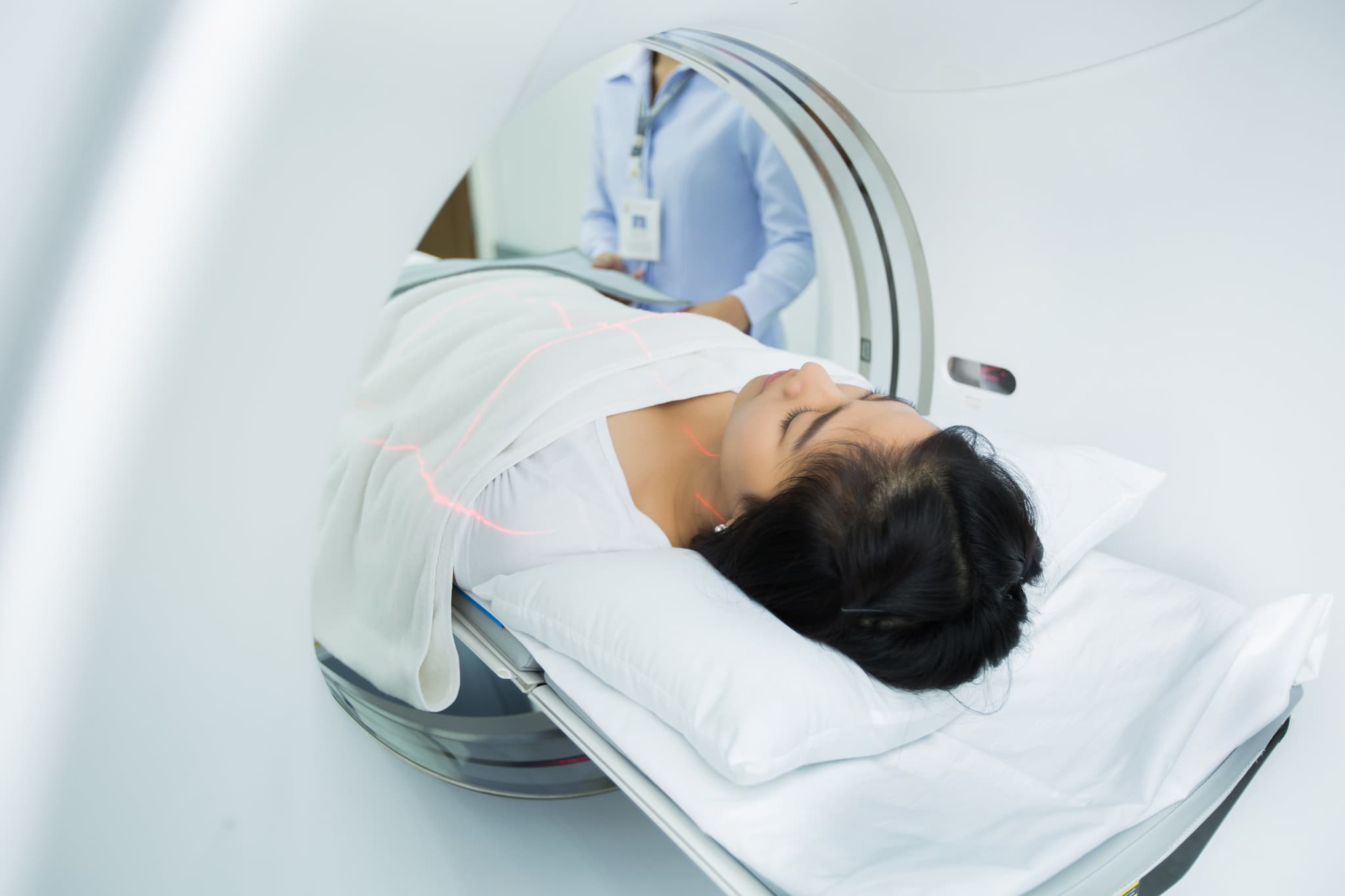
2021-10-27T16:18:53
Why your Next Clinical Breast Exam Should Include a 3D Mammogram
- Cancer Center
- Imaging
December 5, 2017 | Imaging • Radiology
Specialties:Imaging • Radiology

Doctors use magnetic resonance imaging (MRI) to detect cancer, look for signs that cancer has spread elsewhere in the body and plan cancer treatment. MRI is painless and simple. Here’s what you can expect.
MRI creates cross-sectional images of the inside of your body using strong magnets instead of radiation found in X-ray imaging and other similar tests. MRI is a tool used to find and locate certain cancers. For example, doctors can identify brain and spinal cord tumors using MRI with contrast dye, and they can often determine whether or not a tumor is cancerous.
In most cases, MRI can be performed on an outpatient basis, which means you are not required to be in a hospital. Some notes on preparation include:
If you have not experienced an MRI test before, the process can seem unnerving. In reality, the test is simple and painless. Here’s what you can expect:
There are a few minor risks associated with MRI:
Your doctor can give you more information or offer recommendations for MRIs for cancer detection or treatment.
Revere Health Imaging offers the most advanced imaging technology in Utah Valley with convenient locations and reduced-cost exams. We even offer our imaging services at night for your convenience. Contact us today at 801-812-4624 for an appointment!
Sources:
“CT scan (How you prepare).” The Mayo Clinic. http://www.mayoclinic.org/tests-procedures/ct-scan/basics/how-you-prepare/prc-20014610
“Positron emission tomography scan (How you prepare).” The Mayo Clinic. http://www.mayoclinic.org/tests-procedures/pet-scan/details/how-you-prepare/ppc-20319717
“MRI (How you prepare).” The Mayo Clinic. http://www.mayoclinic.org/tests-procedures/mri/details/how-you-prepare/ppc-20235719
WRITTEN BY:
The Live Better Team

2021-10-27T16:18:53

2019-10-15T16:28:57

2019-06-06T10:36:51

2019-04-22T16:29:21
This information is not intended to replace the advice of a medical professional. You should always consult your doctor before making decisions about your health.